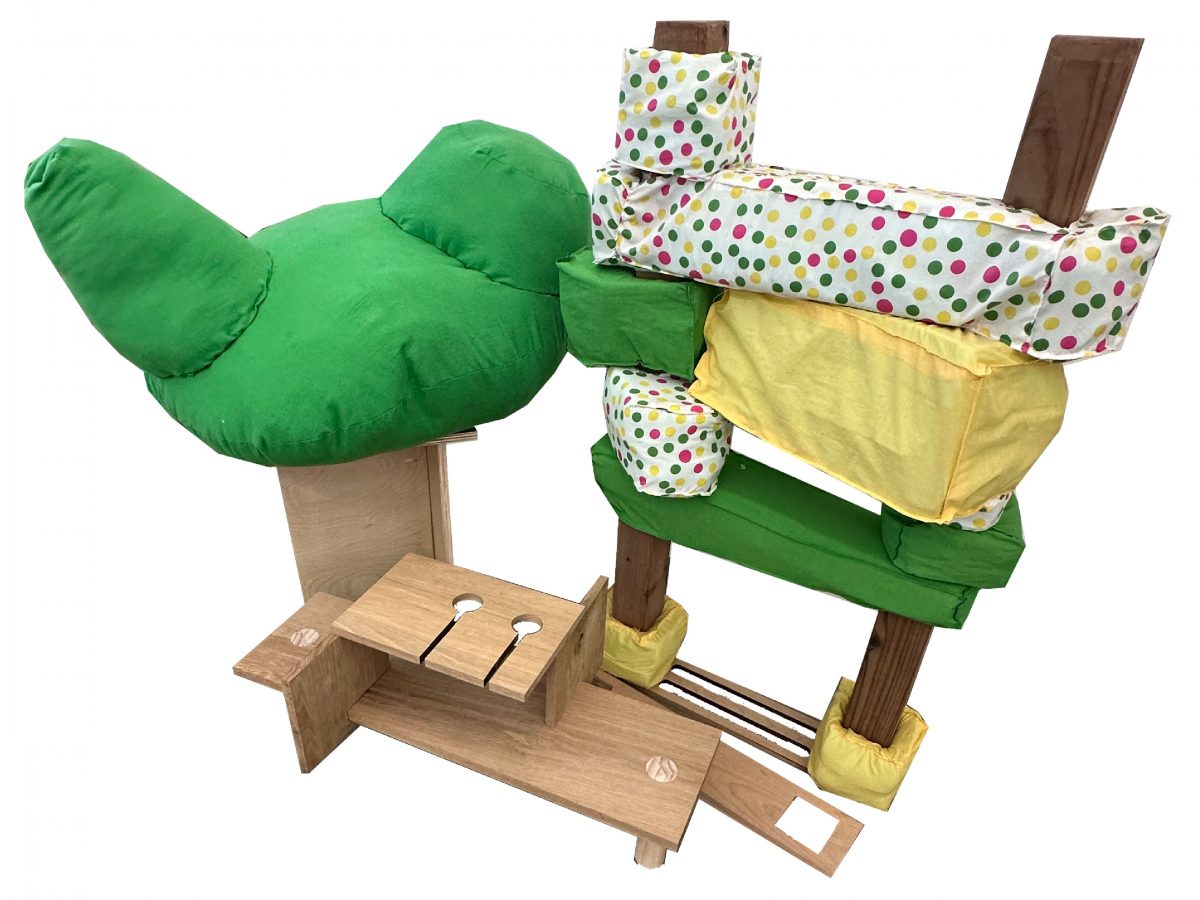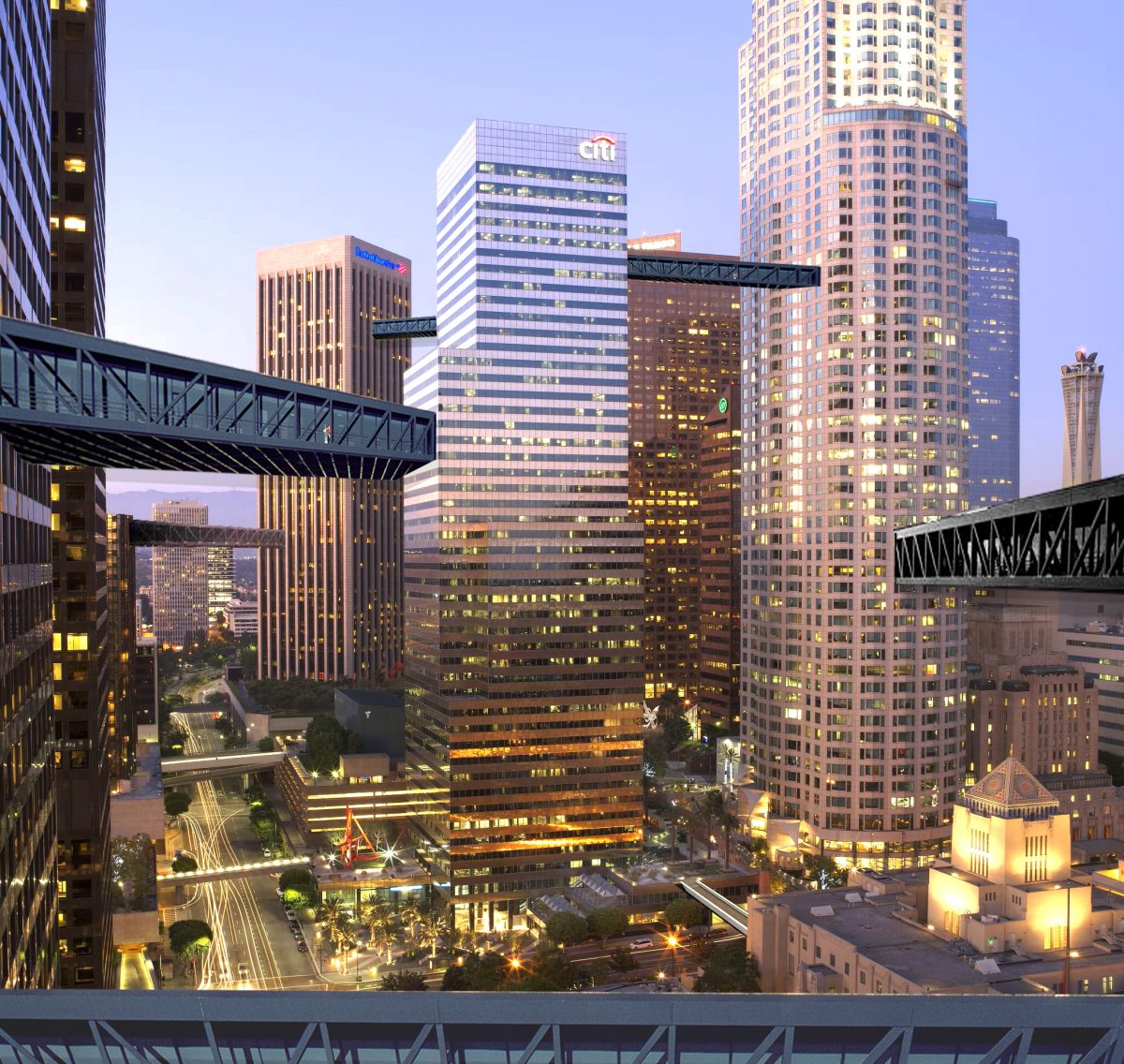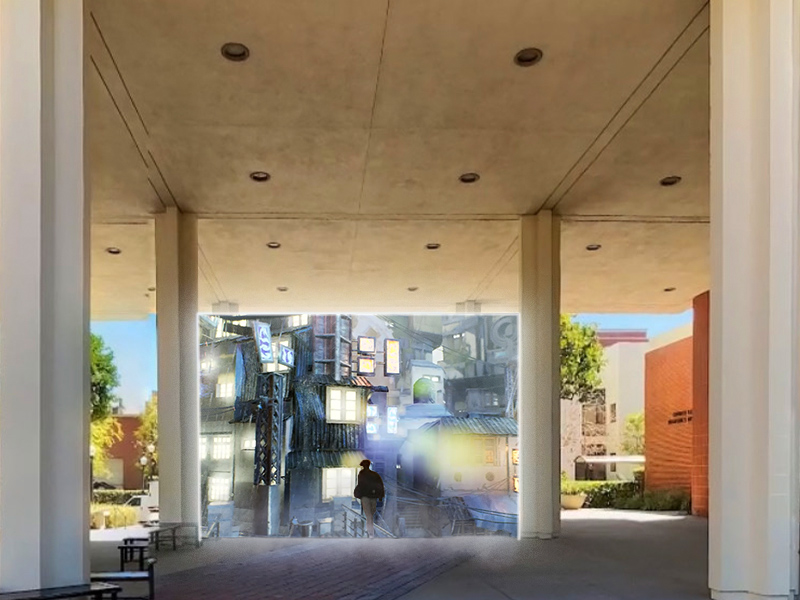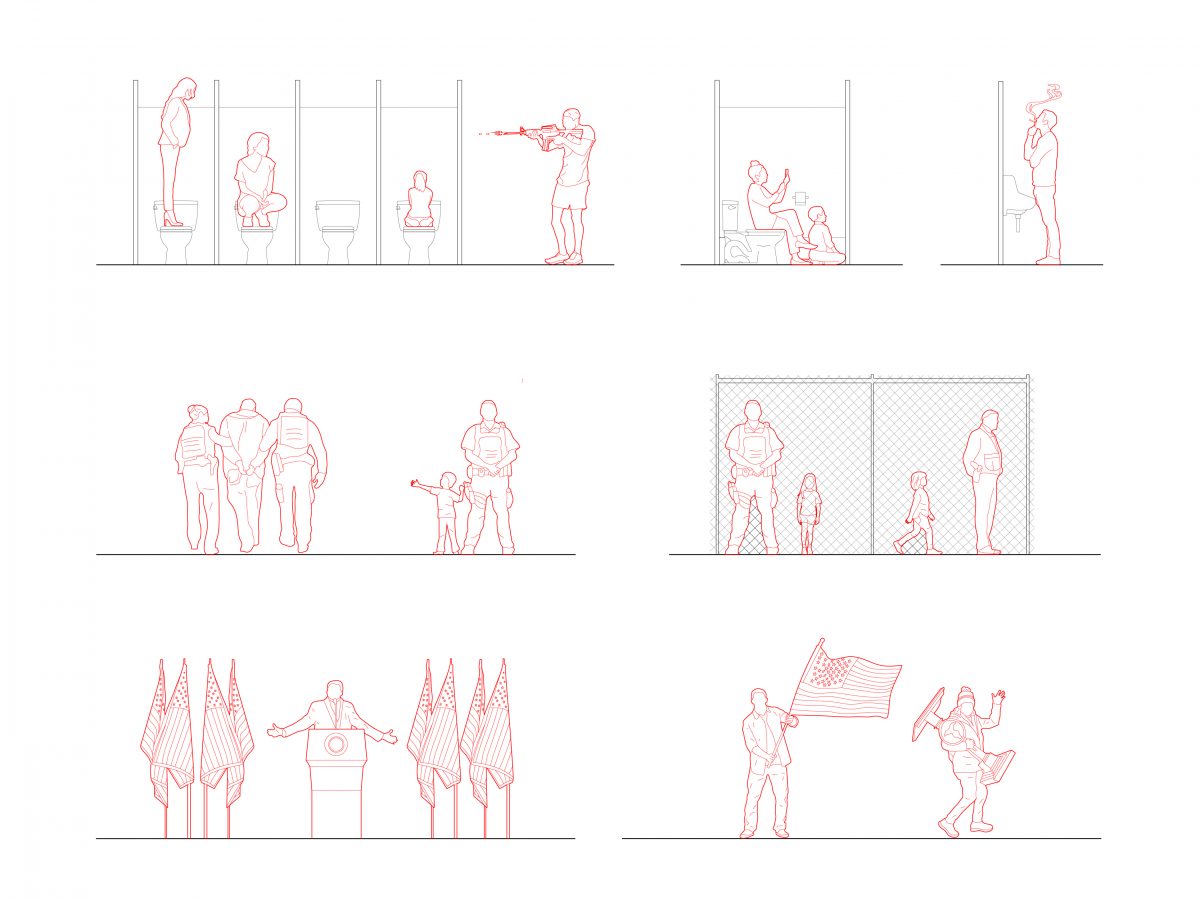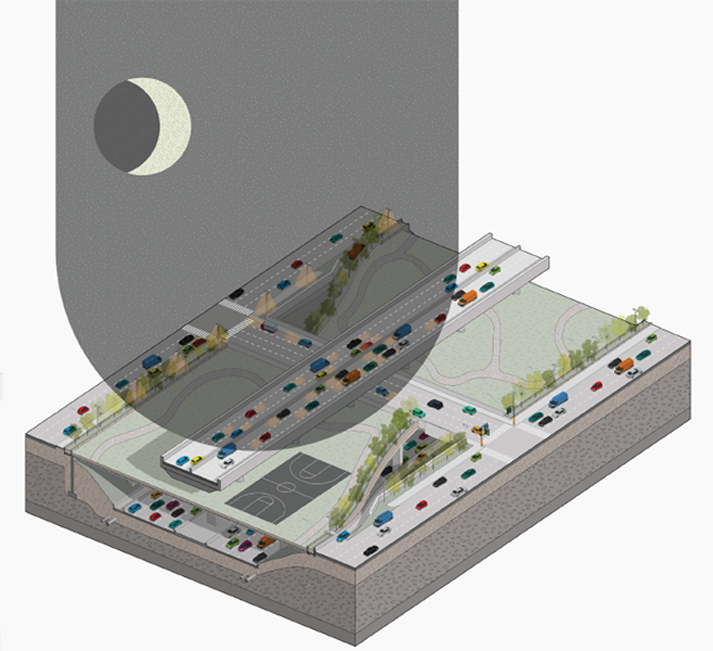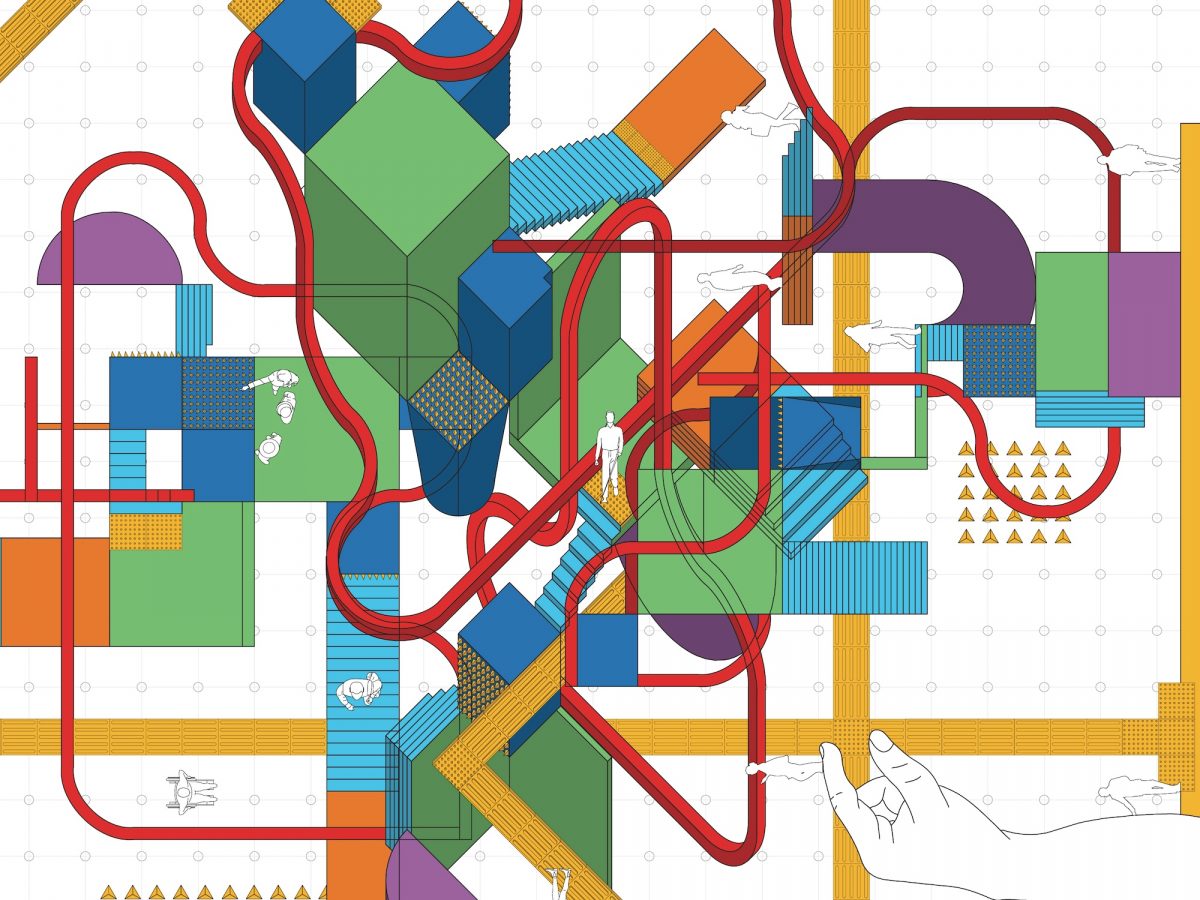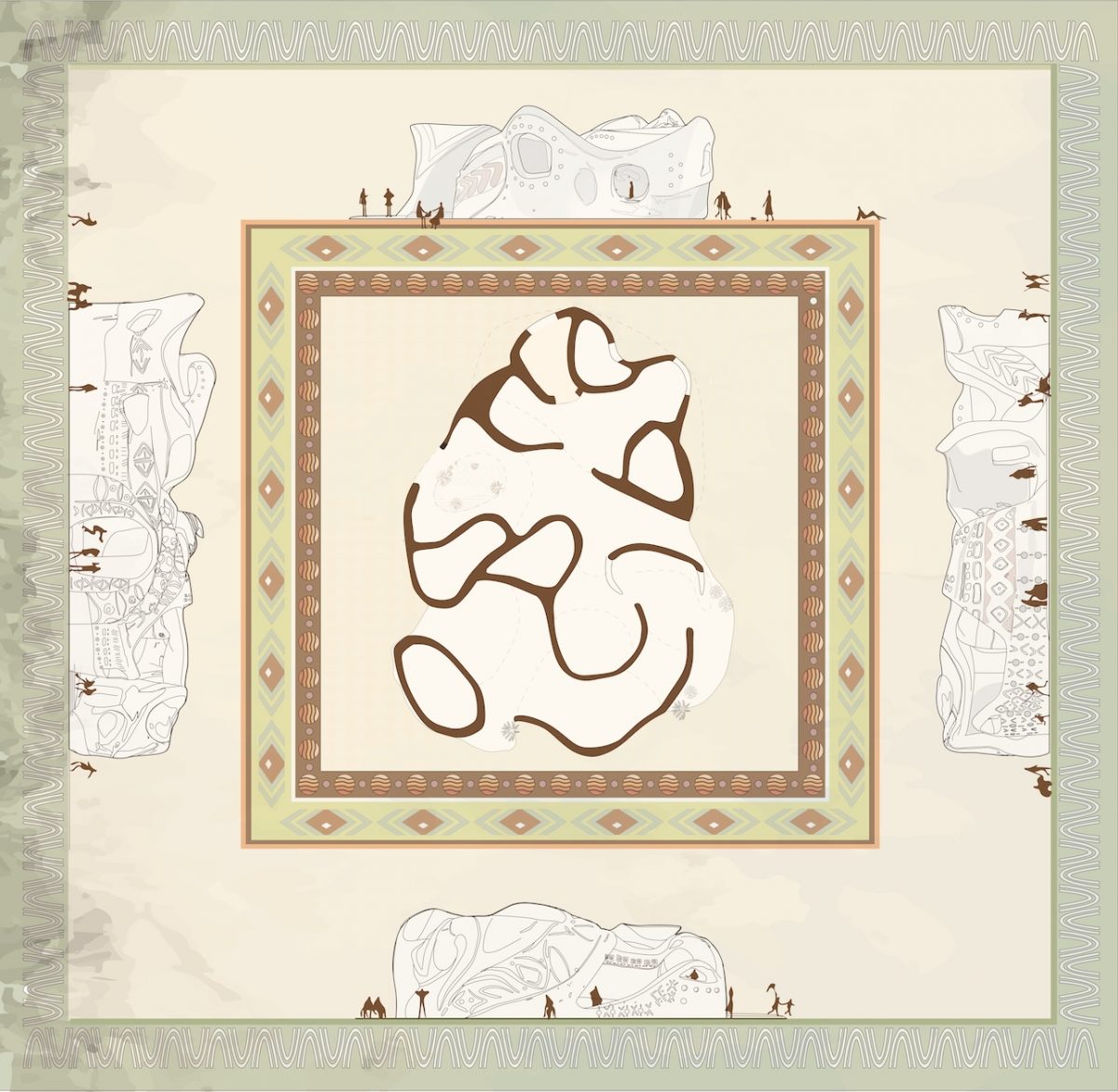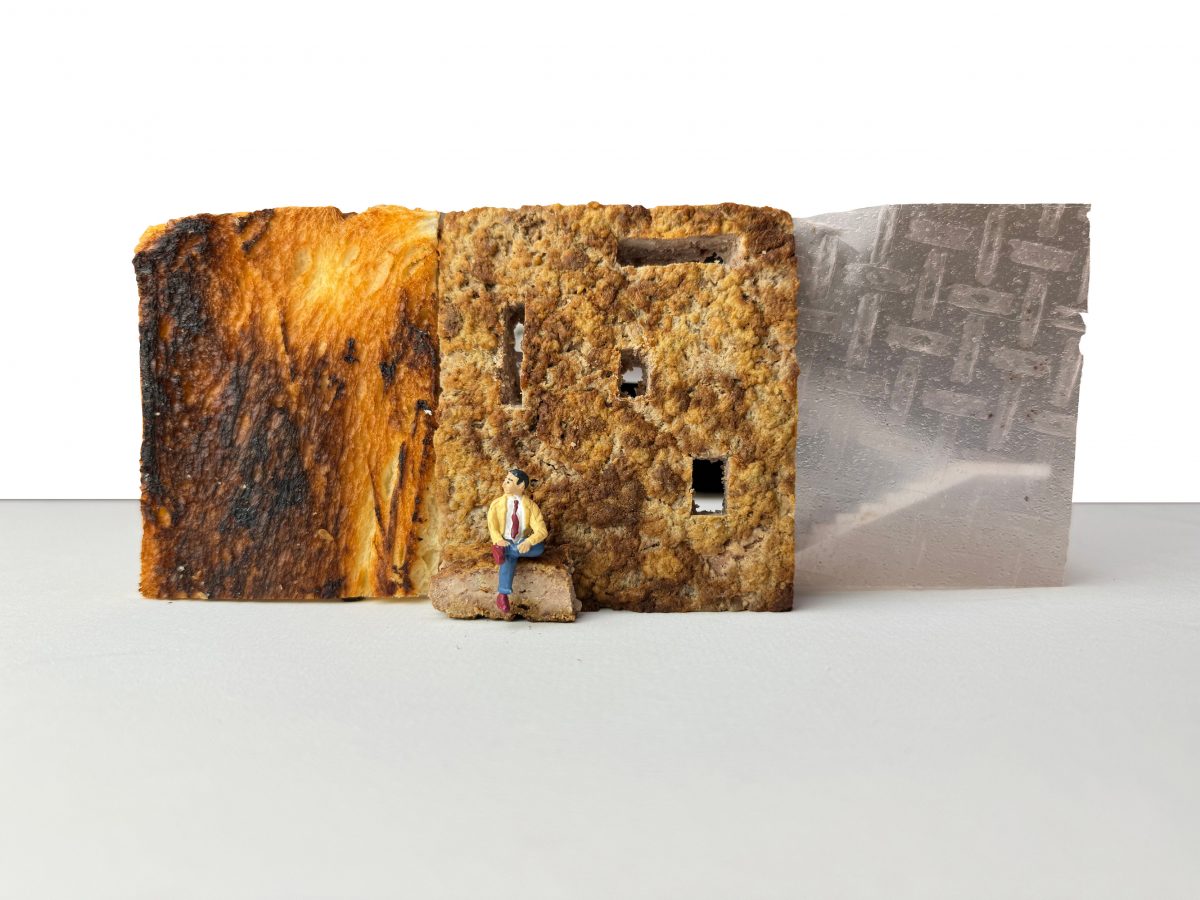This thesis seeks to expand the concept of Architectural and Spatial choreographies by drawing inspiration from the art of Dance. Through diagramming human movement across different environments and contexts, the project unveils formations, patterns, and anomalies that individuals use to personalize their surroundings. Central to this exploration is the notion of ‘Gesamtkunstwerk’ – or ‘total work of art’ – which fuses multiple artistic elements into one cohesive space. By utilizing Industrial Design, unconventional furniture pieces emerge, initially appearing ‘lumpy’ or ‘sad’. However, this staging captures the essence of ‘Gesamtkunstwerk’, challenging conventional choreographies through the synthesis of material and form like a ‘Dance’.
